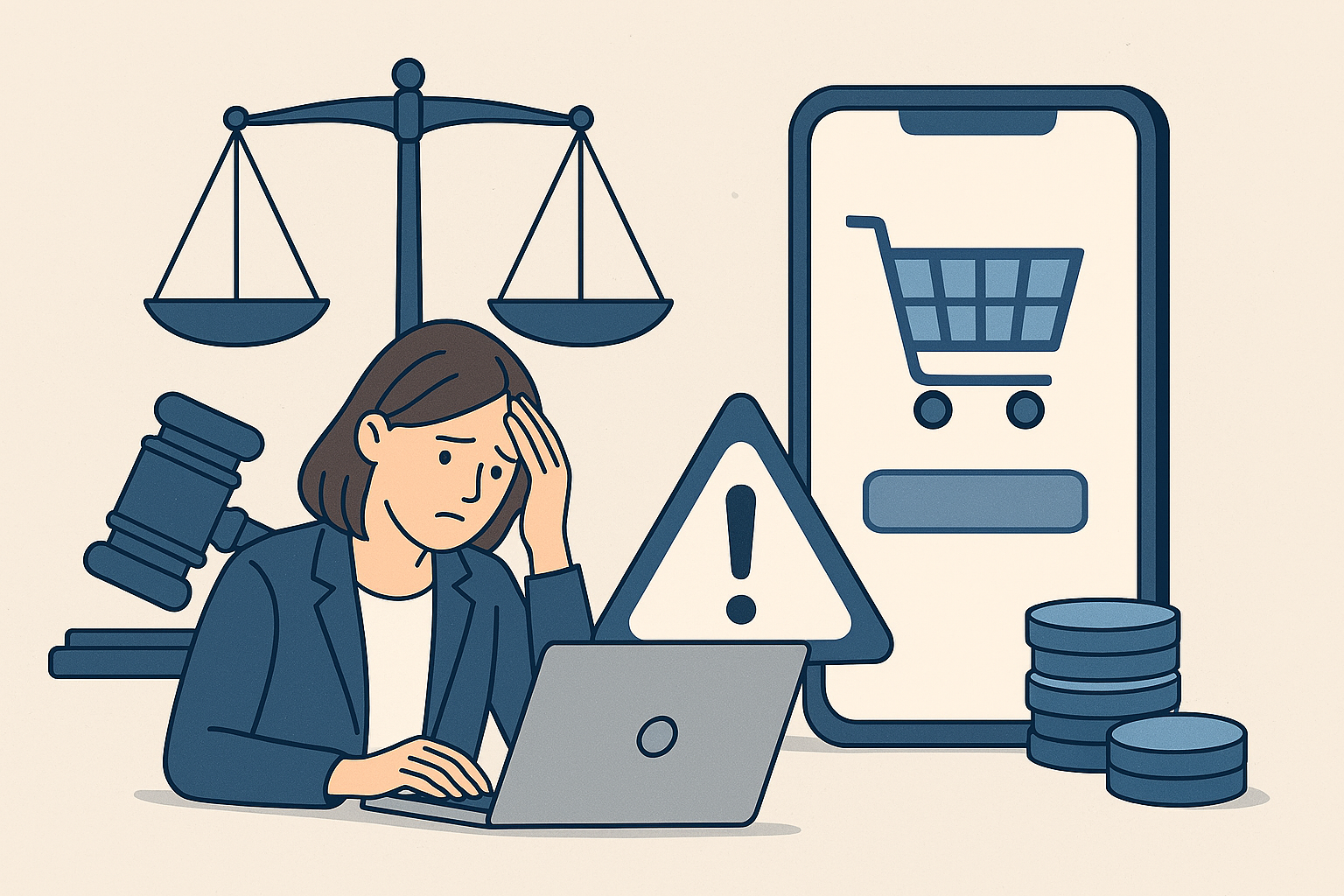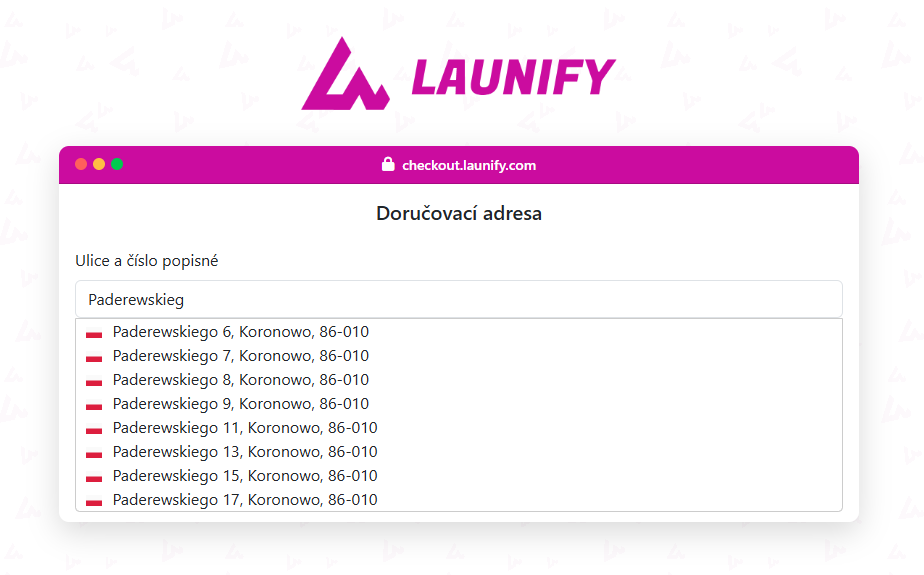Article
E-shop Expansion: What to Focus on in Germany
Germany. A country renowned for its precision, engineering, and strong economy. But what about e-commerce? If you're thinking about expanding your online business, Germany should be on your radar. Why? Read on!

Published on: 22.5.2025 • Written by: Team Launify Reading Time: 15 min
Why Germany?
Germany is the most populous country in the European Union with a respectable 83 million inhabitants. This in itself represents huge potential for any online business. Moreover, with a GDP of EUR 3.41 trillion in 2019 and a GDP per capita of EUR 40,306 in the same year, the purchasing power of German customers is exceptional. Germans are rich and love to shop – and increasingly online.
Although Germany is a federation of 16 federal states, from an e-commerce perspective it is a unified and homogeneous market. This means you don't have to deal with significant regional differences in shopping habits, which greatly simplifies entry.
E-commerce in Germany: Turnover, Users and Mobile Revolution
German e-commerce is a huge pie that is still growing. Turnover in 2018 reached EUR 65.1 billion and the estimate for 2019 was almost EUR 72 billion, with year-on-year growth of over 10%. That's a turnover you definitely shouldn't underestimate!
Of the 83 million inhabitants, 73 million have access to the internet, which is a respectable 89% of the population. What's more, 88% of them regularly shop online, representing more than 64 million potential customers for your e-shop.
An interesting trend is the increasing share of mobile devices. While personal computers still lead the way, mobile phones are already used by 40% of users to access the internet. And for purchases of clothing or airline tickets, mobiles even predominate! It is estimated that in two years, mobile devices will account for almost half of all internet purchases. So, if your e-shop isn't optimized for mobile devices, now is the time to fix it.
Payment Methods: Invoice and PayPal Reign Supreme
Germans have specific preferences when it comes to payments. Surprisingly, payment by invoice ("Kauf auf Rechnung") is still very popular, even though its share is gradually declining. In 2018, it accounted for 26% of payments and is almost predominant for the purchase of footwear and clothing. For retailers, this means a higher risk of returns (which can reach up to 70% in fashion!), but without this option, it will be difficult to succeed in the German market.
However, the absolute number one in 2018 was PayPal, which mediated 52% of purchases. Credit and debit cards, on the other hand, lag behind in Germany, mediating only about 12% of transactions. The currency is of course the Euro (€).
Summary of the popularity of payment methods (according to data from 2018):
- PayPal (E-wallet): 52 %
- Attached invoice ("Kauf auf Rechnung"): 26 %
- Credit and debit cards: 12 %
- Direct debit (SEPA): 6 %
- Bank transfers via third party (Giropay, SOFORT Payment): Not represented in % of data
- Cash on delivery: 1 %
Shipping Methods: DHL is King, but Watch Out for Expectations
As far as delivery is concerned, Germans clearly prefer home delivery (87%). However, the popularity of pick-up at the store or at pick-up points is gradually increasing.
DHL is absolutely dominant. Most major German e-shops rely on this service. Although Germany has an excellent logistics infrastructure, online retailers themselves have reserves – only 40% of them offer express delivery, and same-day delivery only 11%. Free shipping without further conditions is rather the exception (13%), and if it is paid for, it costs an average of EUR 4.79.
Returning Products: The Law on Your Customer's Side
German legislation is strongly in favor of the customer, and this also applies to returns. The standard legal period for returning goods is 14 days, but many retailers offer even longer periods (e.g. 28 days). It is necessary to take this into account and have a sophisticated returns process that is as simple as possible for the customer. Customers in Germany expect hassle-free returns, which is why returns are high, especially for clothing.
What to Watch Out for in German Law (Emphasis on the Customer!)
German e-commerce legislation is complex and strict, with a strong emphasis on consumer protection.
This means you need to be prepared for the following:
- Localization: Your e-shop must be completely and flawlessly localized into German and ideally run on a .de domain.
- Terms and Conditions and Privacy Policy (GDPR): Have them perfectly crafted and in accordance with German law. Germans care a lot about privacy.
- Right of withdrawal: Clearly and comprehensibly inform customers about their right of withdrawal (return of goods) and the procedure for exercising it.
- Prices and VAT: Make sure all prices include VAT and are transparent.
- Imprint: Every e-shop must have a clear and complete imprint (basic information about the operator).
- Ecological aspects: Especially the younger generation is placing increasing emphasis on ecological aspects (recyclability of packaging, fair-trade products).
Popular Online Sales Platforms and Comparison Sites
If you want to succeed in Germany, it's good to know the local players:
Most popular online sales platforms:
- Amazon.de (global giant with German localization)
- Otto.de (German equivalent of Amazon)
- Zalando.de (specialist in fashion and clothing)
- Notebooksbilliger.de (notebooks and electronics)
- MediaMarkt.de (consumer electronics)
- Lidl.de (discount chain with online shop)
- Bonprix.de (clothing)
Universal comparison sites:
- Idealo.de: Absolute number one, cooperates with 50,000 online merchants.
- Preis.de: Compares millions of offers.
- Billiger.de: Another strong player.
- LadenZeile.de: Operates in other countries as well.
Specialized comparison sites:
- Geizhals.de: Electronics, entertainment, toys, medicines.
- Guenstiger.de: Primarily electronics.
- Real.de: Food, electronics, household supplies.
- Moebel.de: Furniture and related products.
Delivery Address Whisperer
The German customer will appreciate an address whisperer on the website, which will speed up their passage through the basket and simplify entering their long street and city names. Check out our own whisperer, it will take you a few minutes to deploy.
Conclusion – Great Opportunity with its Own Rules
The German e-commerce market is huge, prosperous and full of opportunities. Its size and high purchasing power make it an attractive target for expansion. However, remember its specifics: a more conservative and demanding customer, the dominance of payment by invoice and PayPal, strict legislation and high expectations regarding quality and service.
Although the market is competitive and concentrated (the ten largest e-shops account for almost 60% of turnover), there is still room for new players who are willing to invest in localization, respecting local rules and providing top-notch services.
With thorough preparation and an understanding of the German customer, expansion into this country can really pay off!


